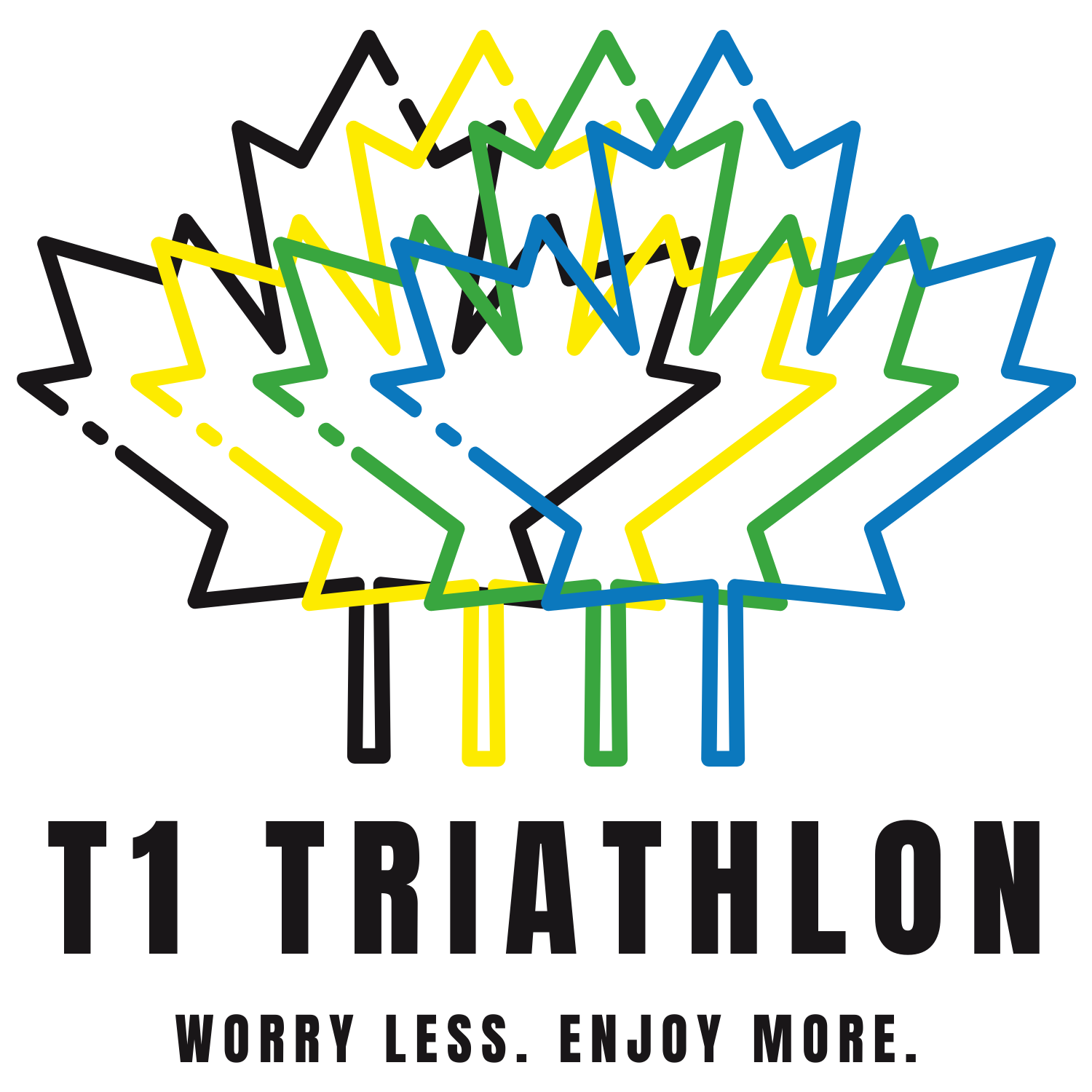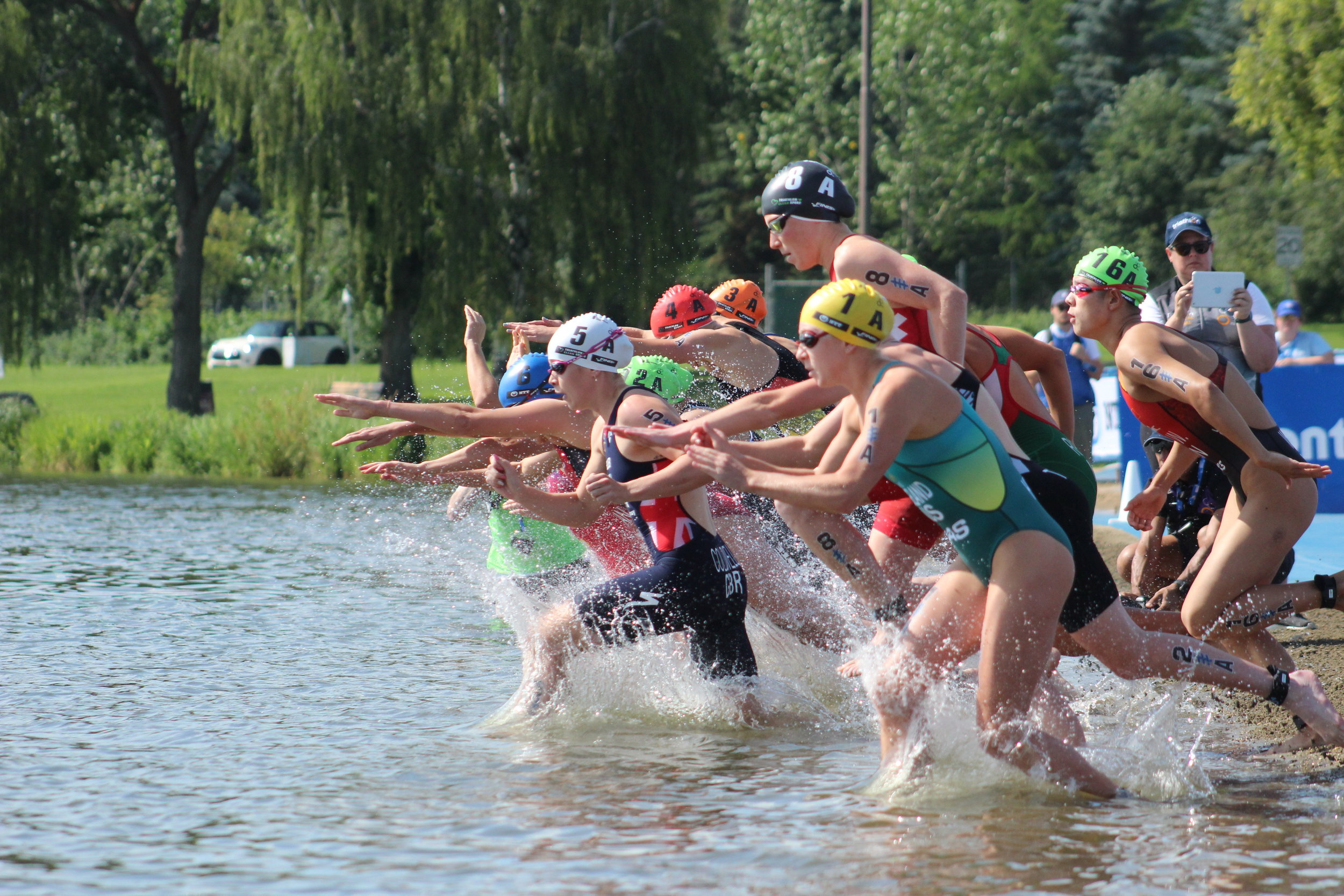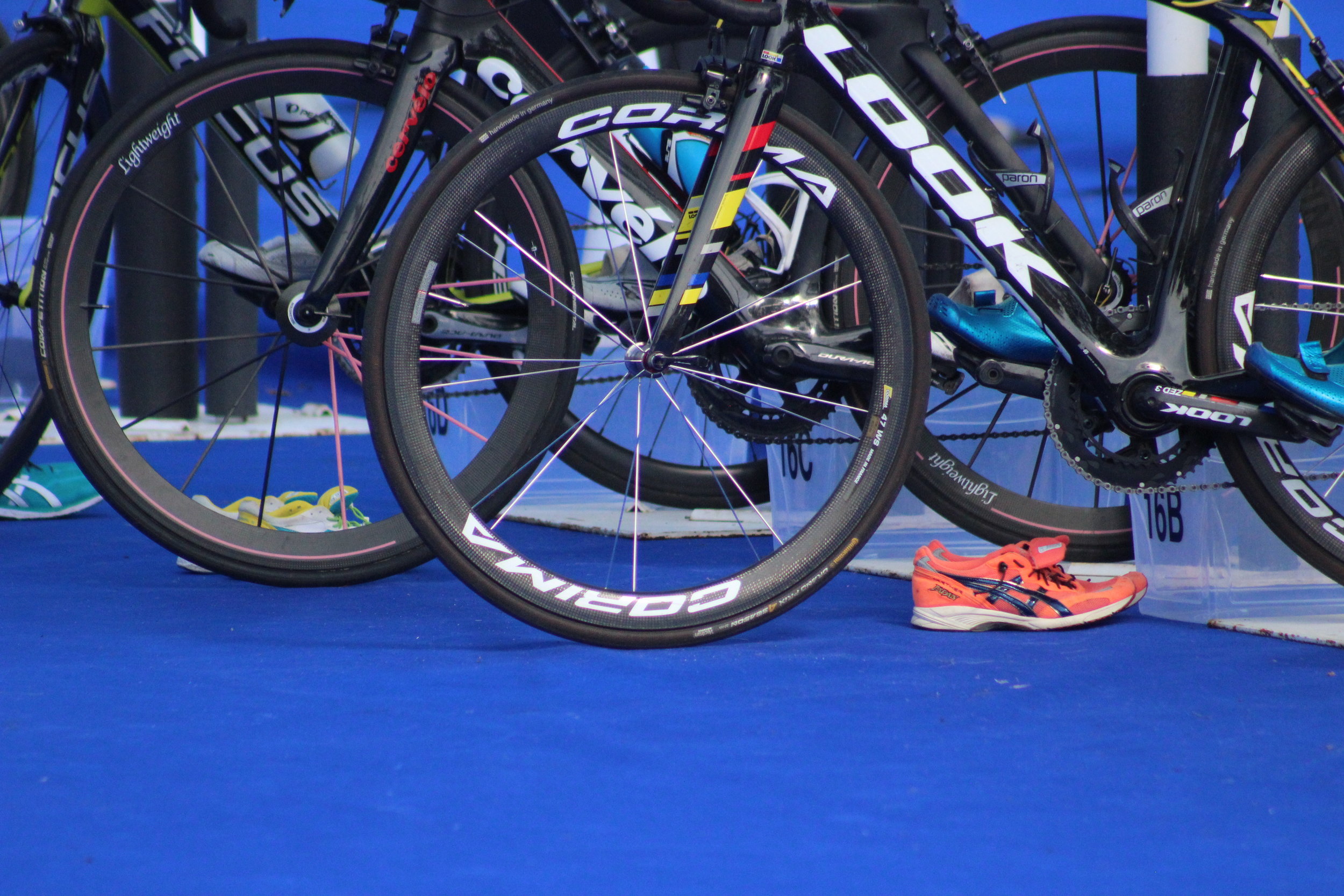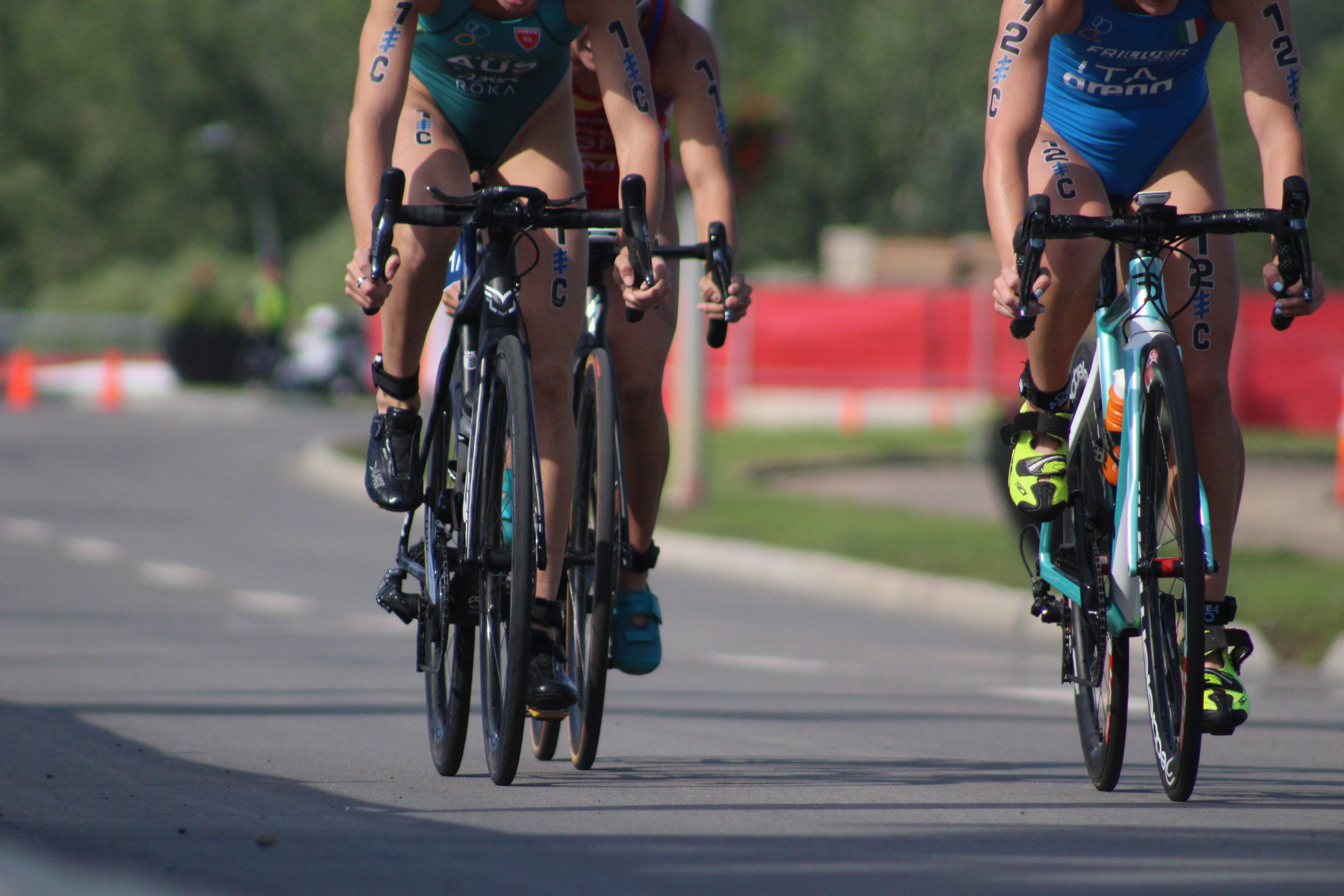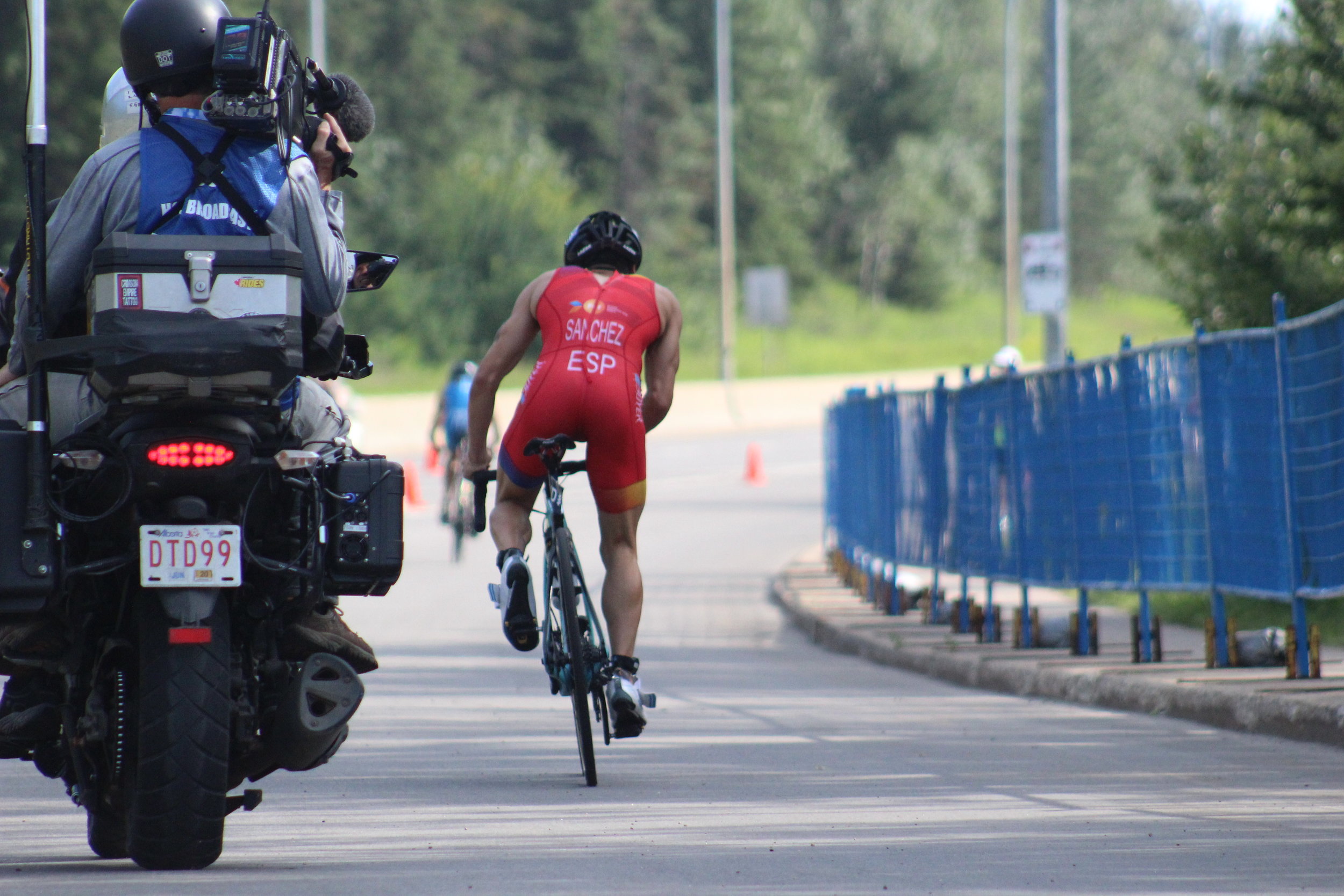Triathlon Glossary
Triathlon Terms You Should Know
70.3
“Half Ironman” distance trademarked by the World Triathlon Corporation. Consists of a 1900m swim, 90km bike, and 21km run. Not all half distance races are official 70.3 races.
Aerobic
Used to describe training sessions that are low intensity and usually prolonged in duration. In this type of session, the body can utilize oxygen to produce most of the body’s required energy. Lactic acid is not built up in the bloodstream during this type of activity.
Anaerobic Threshold
The training intensity at which the aerobic system cannot keep up with the demand for energy and the anaerobic system must kick in to help produce energy. This is done by burning stored sugar supplies in the body. Lactic acid is a by-product.
Aquabike
A newer triathlon variation which includes a swim and bike (no run).
ATP
Annual Training Plan
Beach Start
When the start of a race begins on the beach and a run into the water is required.
Brick
A training session where one discipline is immediately followed by another. Usually done as a bike to run, but can be any mixture of disciplines.
Cadence
The number of running strides, cycling pedal revolutions or swim strokes per minute. Often abbreviated as rpm, and can be used to analyze swimming, cycling and running efficiency.
Catch
The first underwater phase of the swim stroke immediately after the hand enters the water.
CD
Short for cool down. Usually used in training session prescription.
Chainring
The cogs that transfer power from the pedaling motion of cycling to the back wheel.
Cooldown
The final period of time during a training session where the goal is to bring the heart rate down and set up your body for optimal recovery.
Clincher Wheels
The most common type of wheel used in triathlon. Two parts: Outer tyre and inner tube.
DNF
Notation for Did Not Finish, usually on the results page of an event.
Drill
Exercises in swimming, cycling or running that focus on improving your technique through focusing on various technical aspects of your swim stroke, pedal stroke, or running gait.
Foot Strike
The part of the running stride where the foot comes in contact with the ground. Usually categorized as either forefoot, midfoot or heel-strike.
Heart Rate Monitor (HRM)
A device that measures someone’s heart rate and transmitted to a bike computer or watch.
HIM
Notation for Half Ironman.
Kickboard
Training tool used in swimming that is held out in front and used for kicking drills, usually. Sometimes referred to as a flutter board.
Kit
Collection of cycling apparel (including jersey, shorts, gloves, helmet).
Lactate Threshold
The point at which lactic acid begins to accumulate in the body, resulting in muscle fatigue.
Lube
Short for lubricant; used in bike maintenance to provide lubrication in the drivetrain and ensure that there is not too much friction produced while pedaling.
MTB
Notation for Mountain Bike.
Off-Road Triathlon
A triathlon of any length that is done with open water swim, mountain biking and trail running.
Olympic Distance
1.5km Swim, 40km bike and 10km run. Also known as Standard distance.
Open Water Swim
A swim done in any body of water other than a pool. Usually a lake, ocean, river.
OWS
Notation for Open Water Swim
PB
Personal best (sometimes PR - Personal Record)
Pull
The second underwater phase of the freestyle stroke where the body produces the most propulsion.
Push
The final underwater phase of the freestyle stroke in which the hand pushes back to the hips before moving upward into the recovery phase.
Race Packet
The package you receive before a race that includes items you will need for the event (such as race bib, timing chip, swim cap, etc.) as well as any number of goodies (ie. nutrition samples, etc.).
Repetitions (Reps)
The number of times a portion of a training session is repeated. Or in strength training, the number of times an exercise is done before taking a break or moving onto another exercise.
RPM
Revolution per minute (often used in cycling and running - see also Cadence)
Split
The time it takes to perform one discipline in a race or training session. IE, the run portion of a triathlon.
T1
Transition 1. The change from swim to bike.
T2
Transition 2. The change from bike to run.
Taper
The period of time in a training program leading up to an event in which the goal is to reduce fatigue levels and prepare the athlete for a specific race or event.
Tri-Bike
A triathlon-specific bike designed for riding in the aerodynamic position. Features aero bars and an aggressive bike frame, which puts your hips further over the cranks and allows for a more aerodynamic position. Not permitted in draft-legal racing. Used also for time-trial (TT) events in cycling.
TT
Time Trial
WTC
World Triathlon Corp, the owners of the Ironman trademark.
Zones
Can refer to power, heart rate or speed/pace zones based upon testing and an athlete’s fitness levels. Often prescribed by a triathlon coach to ensure that athletes are training at the proper intensity.
